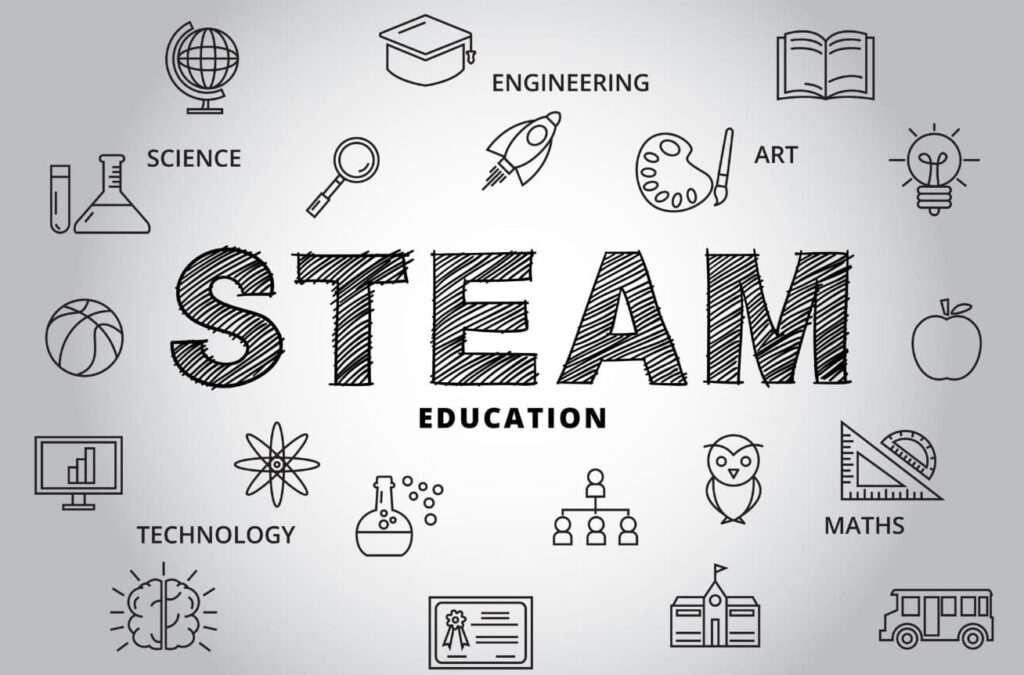In an increasingly complex world, children need an educational foundation that prepares them for the future. One approach that has gained significant attention in recent years is STEAM education. This interdisciplinary approach combines Science, Technology, Engineering, Art, and Mathematics into a unified curriculum. So let’s discuss how this approach benefits kids in their early childhood education:
The Interplay of Disciplines
The first practical advantage of STEAM learning is its interdisciplinarity. Traditional education tends to separate subjects, which can lead to fragmented knowledge. On the other hand, STEAM education encourages students to understand the interplay between different disciplines. It allows them to see how science can influence art, or how mathematics can play a role in technology, thereby fostering a more holistic understanding of the world.
Promoting Creativity and Critical Thinking
Another major benefit of this integrated approach is the promotion of creativity and critical thinking skills. Through STEAM, children are encouraged to think outside the box, solve problems, and come up with innovative solutions. These skills are not only beneficial for their academic progress but also crucial for their future careers.
Real-World Application
STEAM education is not just about theoretical knowledge; it emphasizes real-world application. When children participate in a STEAM education workshop, they get hands-on experience in applying what they’ve learned. These workshops provide opportunities for kids to engage in experiments, design prototypes, or create artwork, thereby making learning more tangible and relatable.
Preparing for the Future
In the 21st century, many of the jobs that our children will hold don’t even exist yet. However, it’s safe to say that these jobs will require a solid understanding of STEAM fields. By exposing children to these disciplines early, we equip them with the skills and knowledge needed to navigate the future job market.
Encouraging Inclusivity
Lastly, STEAM education promotes inclusivity. Traditionally, fields like technology and engineering have been male-dominated. However, by integrating these subjects with the arts and mathematics, STEAM makes them more accessible to all children, regardless of their gender, background, or interests.
Conclusion
The practical benefits of STEAM education for kids are manifold. It fosters interdisciplinary understanding, encourages creativity and critical thinking, highlights the real-world application of knowledge, prepares children for the future, and promotes inclusivity. As we move further into the 21st century, it’s clear that this integrated approach to education is not just beneficial but necessary for our children’s success.

